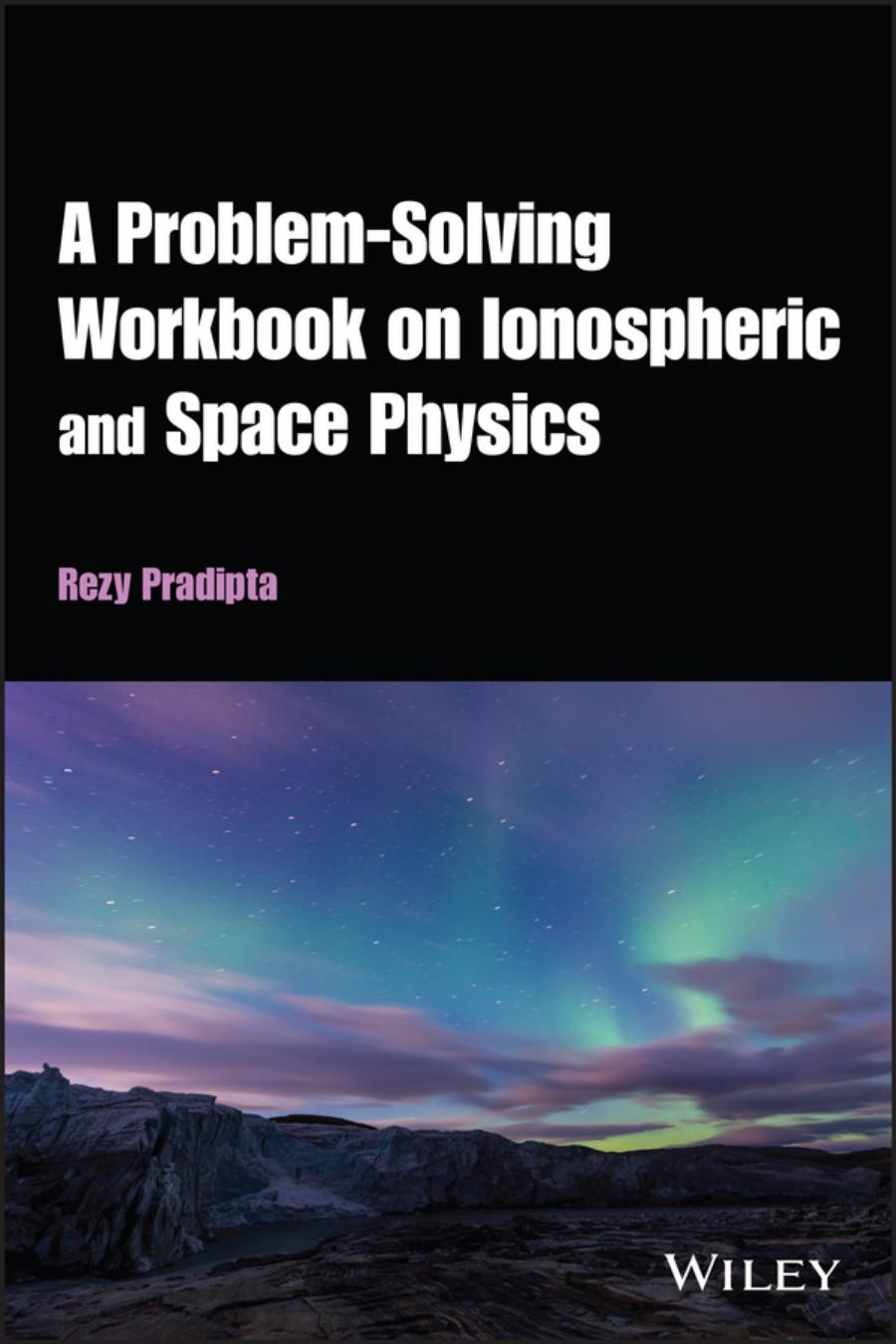

Most ebook files are in PDF format, so you can easily read them using various software such as Foxit Reader or directly on the Google Chrome browser.
Some ebook files are released by publishers in other formats such as .awz, .mobi, .epub, .fb2, etc. You may need to install specific software to read these formats on mobile/PC, such as Calibre.
Please read the tutorial at this link: https://ebookbell.com/faq
We offer FREE conversion to the popular formats you request; however, this may take some time. Therefore, right after payment, please email us, and we will try to provide the service as quickly as possible.
For some exceptional file formats or broken links (if any), please refrain from opening any disputes. Instead, email us first, and we will try to assist within a maximum of 6 hours.
EbookBell Team

5.0
88 reviewsEnables students to understand and master basic and advanced concepts of space, atmosphere, and ionospheric physics
A Problem-Solving Workbook on Ionospheric and Space Physics is a unique textbook that contains a set of problems and exercises accompanied with complete solutions that explore and elucidate the most relevant concepts in ionospheric and space physics. The author has chosen problems that are interesting topic-wise, challenging, and that exemplify the physical and mathematical reasoning in ionospheric and space physics.
Specifically, the text conveys core concepts of ionospheric and space physics using a problem-based approach. Each problem elucidates prototypical aspects that readers can easily generalize. Each problem also consists of multi-part questions to facilitate step-by-step understanding. A short introduction to each problem defines the theme and provides context to the readers.
In A Problem-Solving Workbook on Ionospheric and Space Physics, readers can expect to learn about
Remote sensing of ionospheric plasmas from the ground, ionospheric slab thickness of a transparent layer, reflectometry, and doppler effects in reflection/refraction of electromagnetic waves
Chapman theory of ionospheric layer formation, magnetic fields generated by the equatorial electrojet current, and fundamentals of GPS total electron content (TEC) measurements
Barker codes and radar pulse compression, abel inversion of ionosonde trace data, and phase and group velocities of acoustic-gravity waves
The use of deconvolution in radar scans, sporadic-E layers and Kelvin-Helmholtz instability due to wind shear, and Brunt-Vaisala frequency
Thanks to the careful selection of included material, A Problem-Solving Workbook on Ionospheric and Space Physics serves as a gateway for advanced students and early-career researchers towards actual research-level problems in the field. As the problems are
…